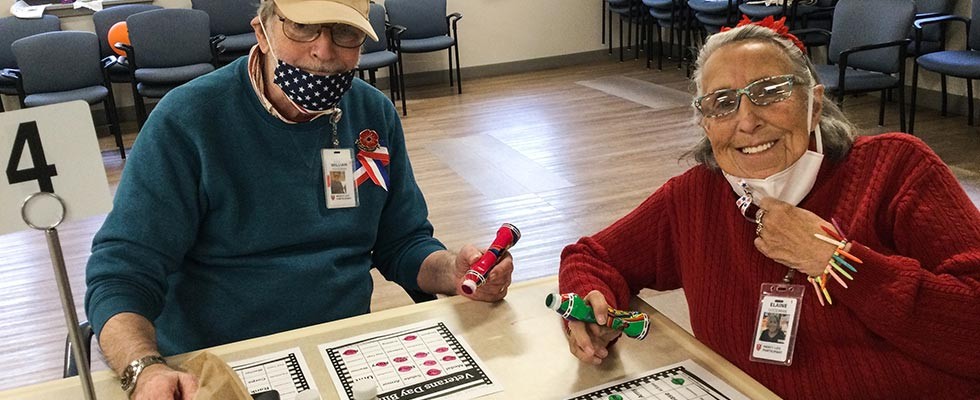
Programs of All-Inclusive Care for the Elderly (PACE) aren’t new; the first program opened in San Francisco, California, in 1971 to serve immigrant communities. But how the program helps those in need continues to make it innovative.
PACE’s focus is on dual-eligible seniors receiving Medicaid and Medicare who need nursing home level care. The program—which is both care provider and payer—acts as “a nursing home without walls,” said Daniel Drake, president and CEO of Trinity Health PACE, which serves 3,400 people in nine states. Programs serve participants in their homes, while also providing day centers to meet additional physical and social needs.
Trinity Health PACE, part of the larger nonprofit Trinity Health, offers a full range of medical services and social support to program participants with its team of providers, social workers and health care specialists.
“We arrange for pickup for our participants to come to the center,” Drake said. “They have a nice breakfast, see the health care providers, maybe go to recreational therapy and get to mingle with other participants. They have a full day.” This also saves times for family members who no longer need to run their loved ones between mulitple doctors and specialist appointments.
Fifty years after PACE’s founding, insurance companies outside of the senior care realm are taking notice of how well the model works.
“They want to come observe to see how it could be applied to other age groups,” Drake said.
Because PACE serves the Medicaid senior population, states must add it to their budget—which Drake said is happening more and more. According to the National PACE Association, states pay PACE programs an average of 13% less compared to comparable Medicaid services. PACE participants also average less than one emergency room visit per year. Between cost and outcomes, the incentive is there for states to recruit and add programs; 30 states currently have PACE programs in place.
But to see further growth and innovation, PACE will need additional funding and support from the federal government, states and the organizations that eoperate the programs, Drake said.
The good news? The Biden administration’s Build Back Better Plan, which was expected to be voted on in the House around press time, includes $150 billion for home- and community-based services, which PACE falls under.
“I think it’s fantastic,” Drake said. “When you look at the money that the federal government is putting in home- and community-based services, it’s just showing that they work, that we’re delivering excellent care and the cost is less than delivering it in brick and mortar buildings.”
As with so many things today, technology is going to play a large part in the future of PACE programs. Drake said there were plenty of exciting innovations happening before the pandemic, but when centers closed due to COVID-19, that innovation rapidly accelerated.
Now, “when we set up a patient’s [tablet], we can set it up for that patient’s needs,” said Drake. “If they want to pop in on a five-minute session on proper diet, they can.” He also expressed excitement about new noninvasive fall monitoring technology, which can also alert staff to habit changes that may signal a problem early.
Trinity Health PACE is focusing on growth to serve more seniors. The company recently signed agreements to open new programs in Pennsylvania and Delaware, and has replied to request for proposal to open a center in Maryland.
“Trinity Health is really supportive of the growth of the program, which is wonderful. You have to remember [Trinity Health] is an acute care system, and we work in the continuing care component,” Drake said. “That investment from the larger health system is vital to future program success, and we are excited for the continuous relationship and support of the executive team, our clinicians and operational managers as part of our Trinity Health family.”
